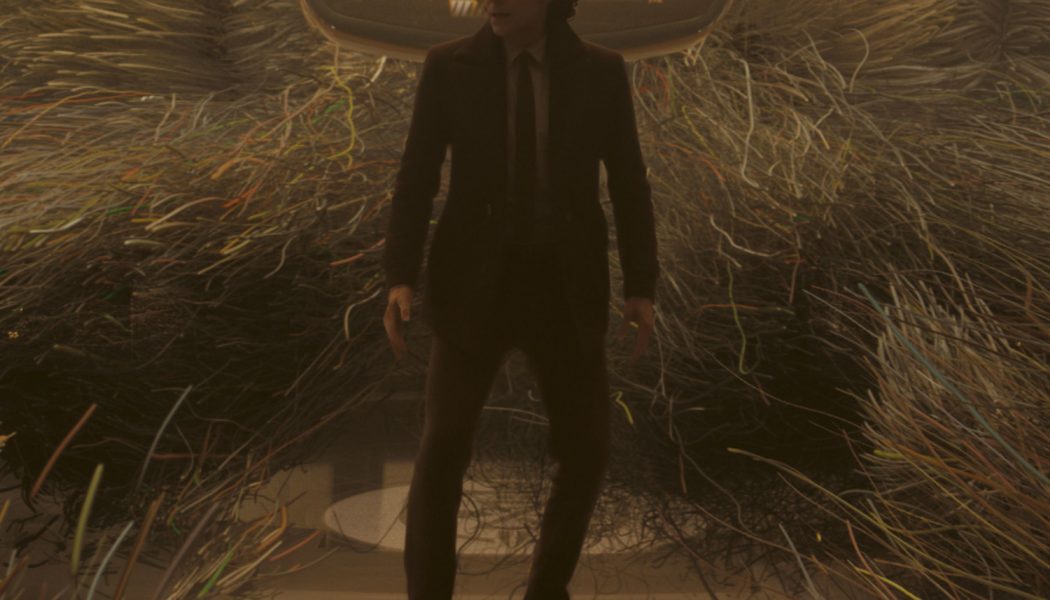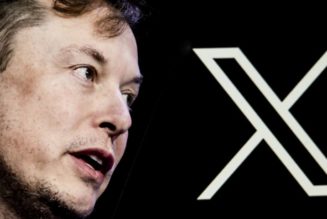Loki’s second season goes out with a big, existential bang that gives the god of mischief a glorious, but confusing new purpose at the center of Marvel’s multiverse.
Share this story
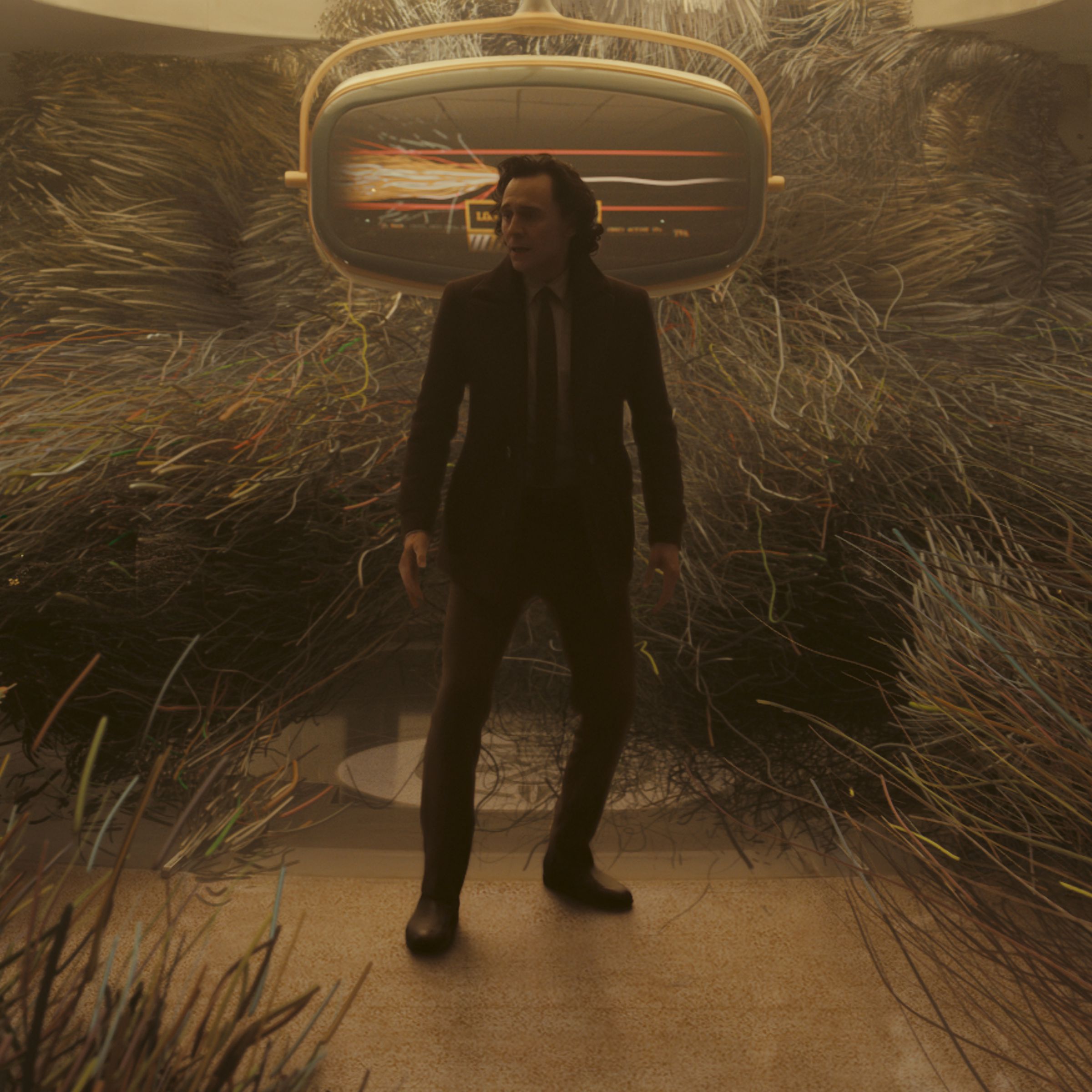
Loki season 2 has often felt more like a whimsical staging ground for Marvel’s next big crossover event than an extradimensional character study of its eponymous trickster god. From its very first episode, though, Loki’s made clear that for all of its timeline-hopping and timey-wimey-ness, it has always been a story about Loki finally discovering his true purpose after multiple lifetimes of not knowing who or what he wanted to be.
There’s a solemn finality to the way Loki’s second season comes to a close that very much makes it feel like both the series’ conclusion and a sign of a major, lasting change that will have far-reaching consequences for Marvel’s Cinematic Universe. Viewed in a certain light, it’s hard to see this season’s finale — “Glorious Purpose” — as a wholly satisfying conclusion that ties up all of Loki’s mysterious threads regarding the Time Variance Agency, Kang, and Loki’s fellow variants.
But when you look at the finale as Loki’s way of spelling out some of the big ideas that were first teased all the way back in its series premiere (whose name this episode shares), “Glorious Purpose” works as a stunning bookend to this chapter of Loki’s life, and it opens up a whole new world of possibilities for what’s coming next.
This review contains spoilers for the first season of Loki. For our initial review, go here.

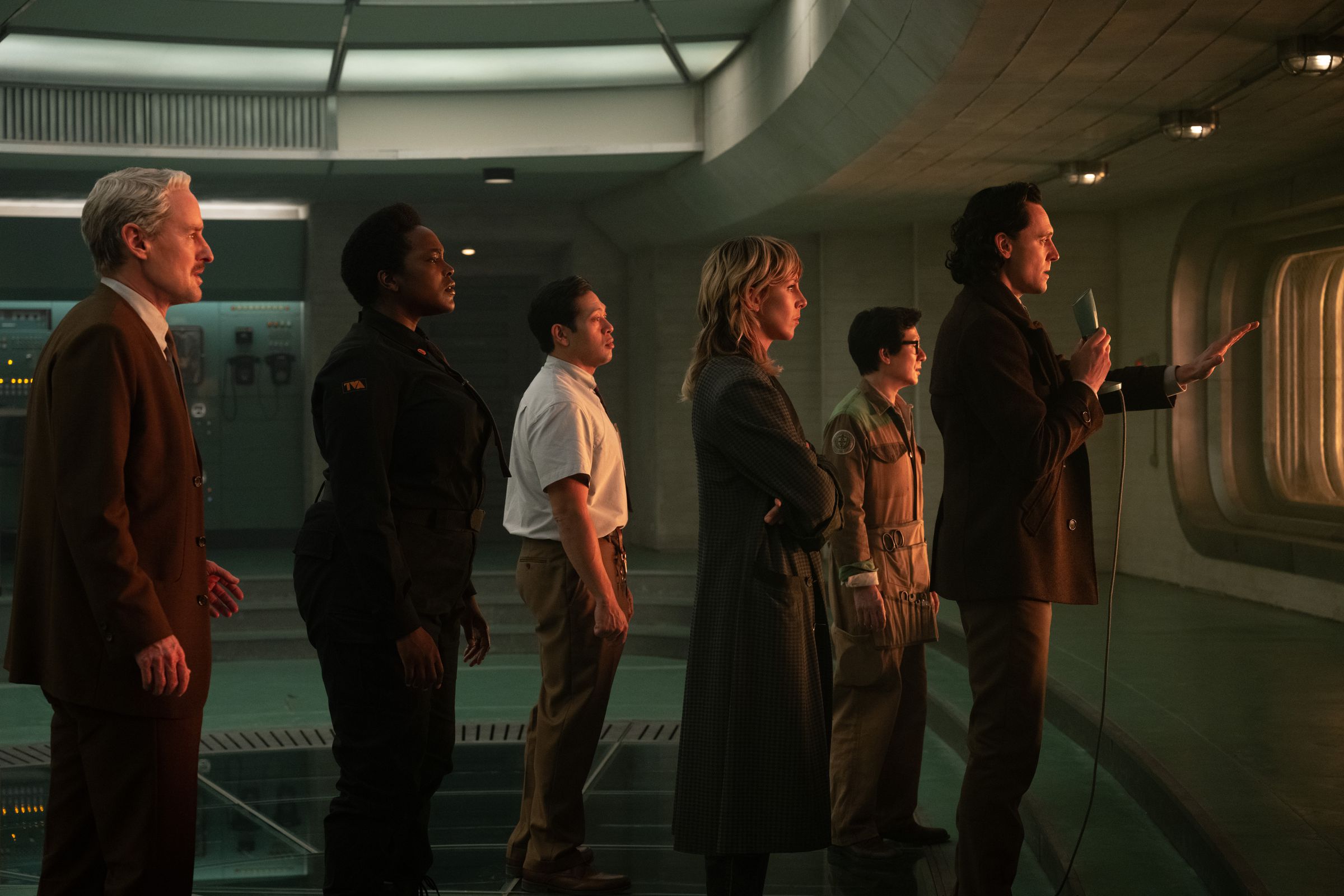
Loki’s first season largely kept its focus fixed on Loki (Tom Hiddleston) himself as he embarked on extradimensional journeys of alternate self-discovery. But the show’s second season has felt like much more of an ensemble show that’s trying to highlight what keeps people like Mobius M. Mobius (Owen Wilson) and Hunter B-15 (Wunmi Mosako) going even when it seems like reality itself is coming undone.
Season 1 revealed He Who Remains (Jonathan Majors) as the true source of much of the chaos threatening the larger MCU and established that his death would lead to the end of all things. But there was no reality in which Sylvie (Sophia DiMartino) would rest until she had her revenge on He Who Remains for orchestrating her apocalyptic upbringing, and Loki couldn’t bring himself to stop her — partially because they’re variants of one another, but also because they seem to be in something vaguely like love.
In the wake of He Who Remains’ Kang variants making their big debuts in Ant-Man and the Wasp: Quantumania, it initially seemed like Loki’s second season might have been building towards a future the villain was either hiding or didn’t know about. This was especially true as this season introduced a brilliant, bumbling, and technologically-limited Kang variant known as Victor Timely, whose altruism made him appear to be the one version of Kang capable of saving the TVA without having any obvious ulterior motives.
More so than his uncanny resemblance to Kang and He Who Remains, what made Timely such a fascinating part of this season was his connection with the TVA’s eccentric technician Ouroboros (Ke Huy Quan). Despite Timely being destined to become a Kang — the MCU’s next big bad — Loki framed Timely and Ouroboros as two genius minds who were in conversation with one another across time, space, and different realities in a way that shouldn’t have been possible.

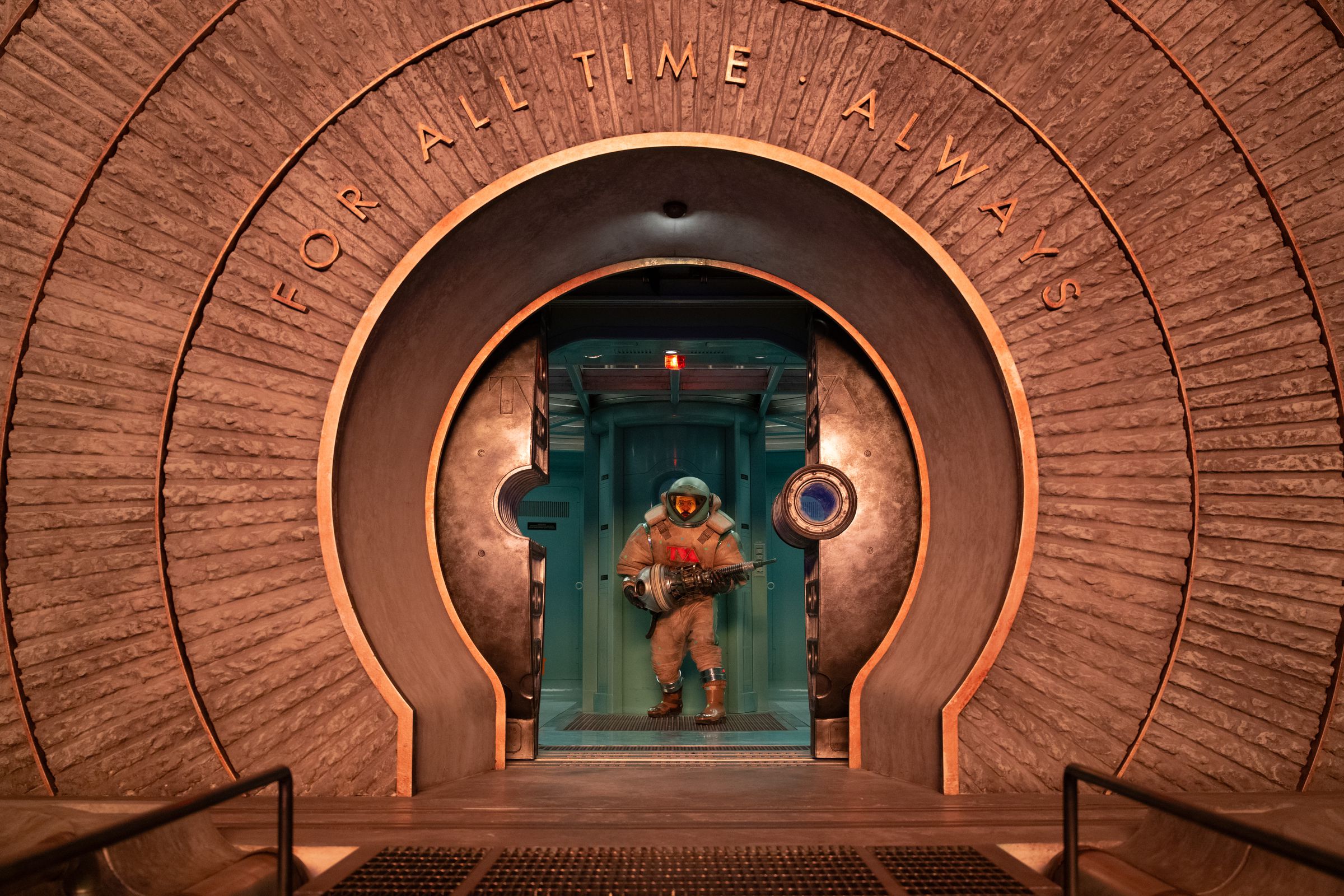
The question of how an earthbound Timely’s studies from the 19th century could have directly led to Ouroboros writing the TVA guide book (which then traveled back through time and first gave a young Timely the inspiration to pursue his inventions) raised the interesting possibility of the two of them being more deeply, existentially connected. Loki spent much of its first season hammering home how, despite their physical differences and unique backgrounds, there was an undeniable kind of kinship between Loki and Sylvie that spoke to their both being varied expressions of similar core experiences like feeling outside of one’s family.
In its latter episodes, Loki’s second season almost seemed to be implying that sort of relationship might also exist between Timely and Oroboros, which would have been a notable beat on its own, but especially so considering the rumblings about Marvel considering a Kang recast following Majors’ legal troubles. But rather than pivoting to a new Kang, or even bringing Kang proper into the picture in any major capacity, “Glorious Purpose” instead goes out with a bang meant to remind you whose show this has always been, forthcoming tentpole movies be damned.
Narratively, the way “Glorious Purpose” zooms in on Loki — who can now control his time-slipping to jump back and forth at will — as he slowly realizes there’s no way to save all of the branching timelines and the Temporal Loom conveys the truth of what He Who Remains told him in season 1. No matter how many jumps Loki makes to specific moments in the timeline where his actions could change fate, and make the impossible possible, reality starts to unravel just moments after he arrives.
Throughout both seasons, Hiddleston’s done some of his strongest acting as Marvel’s god of mischief, but there’s a poignance to Loki and Sylvie’s reunion back at the End of Time where he jumps to stop her from killing He Who Remains that feels distinct. The episode’s repeated revisiting of the same scenes from slightly different perspectives quickly drains the momentum out of the sequences where Loki and the gang are scrambling to send Timely off to save the Loom. But each time Loki tries and fails to stop Sylvie from killing He Who Remains at the End of Time, it becomes clearer that “Glorious Purpose” is making a point about the futility of trying to change the perspective of someone who doesn’t want to be changed.

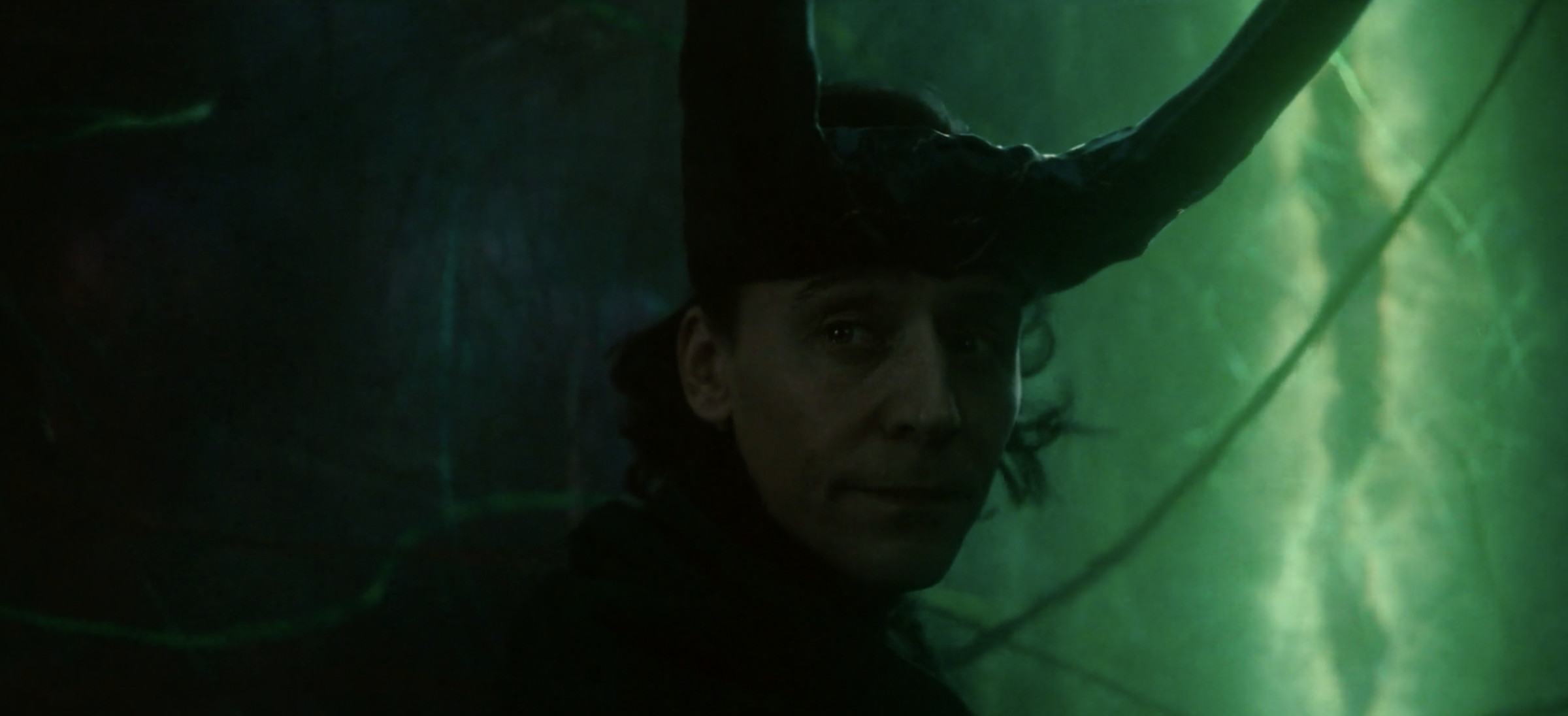
“Glorious Purpose” also highlights how Sylvie’s been quite direct and consistent about wanting to live out her days after killing He Who Remains, even if that meant only having a short time before everything about her new reality ceased to exist. But rather than casting Sylvie in a nihilistic light, “Glorious Purpose” holds up her resolve and a kind of mirror for Loki to see how he, too, can choose to follow his heart, knowing that he might not succeed.
While the idea of Ouroboros maybe being a Kang variant is a neat one, “Glorious Purpose” follows Timely down the gangway trying to save the Temporal Loom enough times to make it look like Majors might be around for a bit longer yet. But within the context of Loki, it seems like there’s no scenario in which Timely’s the one to save the day because, again, this is Loki’s story.
As subtle as this season has been in exploring the nature of free will, it was very obviously going out of its way to avoid suggesting that maybe Loki, an Asgardian god, might be better suited than Timely, a human man, to go on a cosmic spacewalk to upgrade a piece of machinery. But when “Glorious Purpose” gets around to living up to its name and giving Loki his big hero moment, it lands in spite of its abruptness because of how powerfully it speaks to Loki’s self-professed desire to protect his friends and his fear of being alone.
This season featured far fewer whimsical Loki variants than the first, but “Glorious Purpose” makes up for its lack of Richard E. Grant’s Classic Loki as Loki trudges down the gangway to magically contain the Temporal Loom’s explosion. At a time when Marvel’s VFX output has been wildly inconsistent, seeing Loki go big with a transformation sequence set against the backdrop of a glowing, dying multiverse full of decaying timelines and absolutely nail it is a delight. It’s a bit hard to understand just what exactly is going on and why Loki’s suddenly able to perform a feat so massive you’d almost expect to see it happening in a film. But it’s gorgeous, and its general meaning is fairly straightforward.

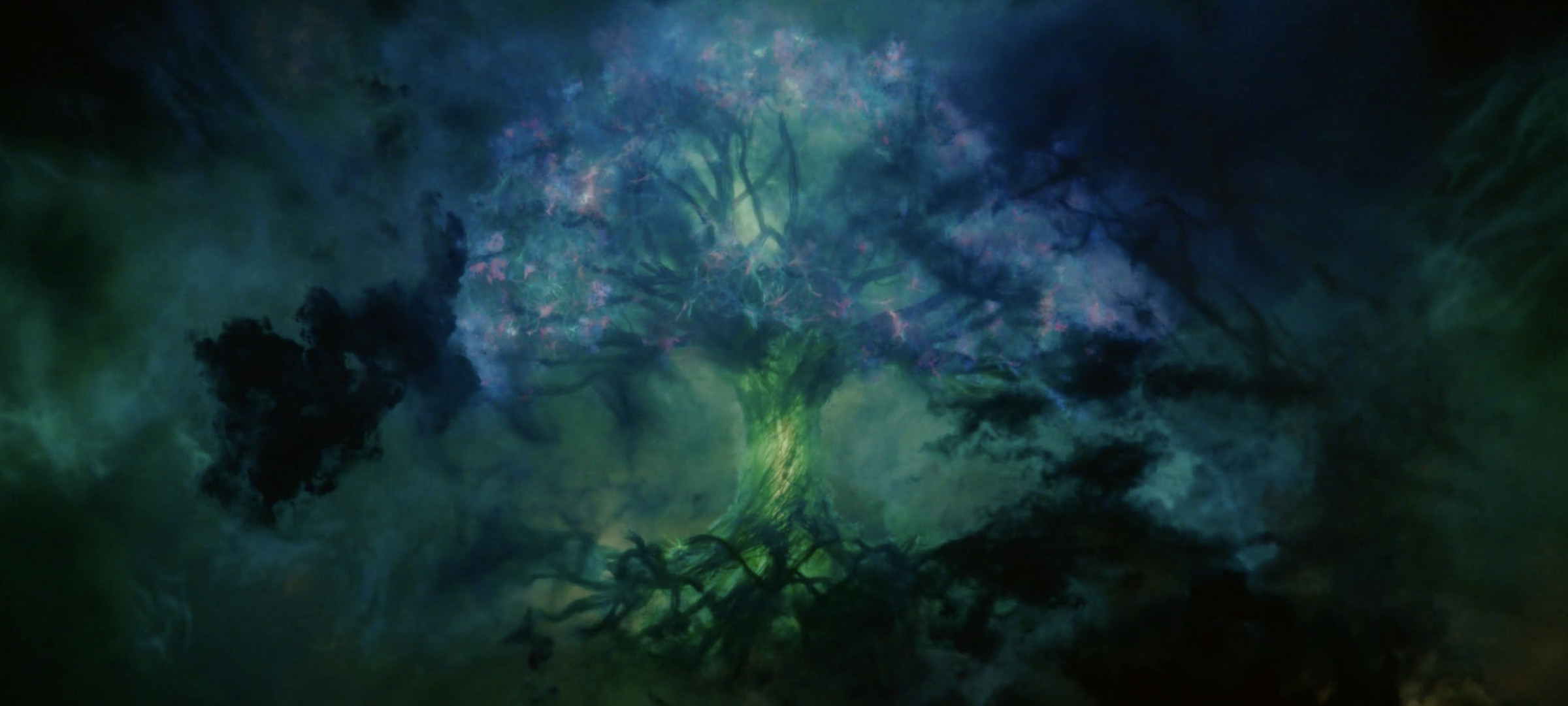
“Glorious Purpose” establishes that, by grabbing hold of each of the multiverse’s timelines and weaving them together upon the ruins of He Who Remains’ throne at the End of Time, Loki has apparently become a new kind of Time-Keeper. The finale doesn’t make clear what role Loki — whose magic is what brings the timelines back to life — plays in their continued existence beyond acting as the nexus that connects them all together. But as it returns to a TVA that now focuses on keeping tabs on all of the Kang variants scattered across the multiverse (Lokiverse), it seems like this will be a big part of the MCU’s new normal for at least a while.
There are plenty of reminders in this episode that everything that’s happened this season is inevitably going to lead to the outbreak of a war that none of Loki’s characters — save for He Who Remains — are ready to be pulled into. But rather than hyping up the next Marvel project, “Glorious Purpose” closes out on Mobius and Sylvie to emphasize how their freedom, for now, is inexorably linked with Loki’s sacrifice.
